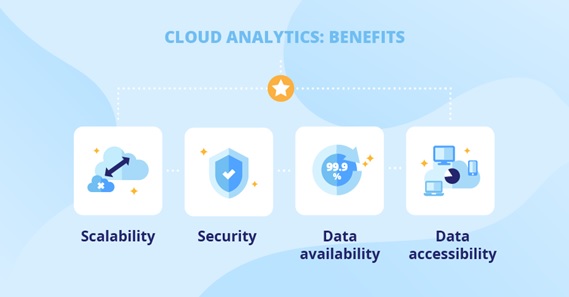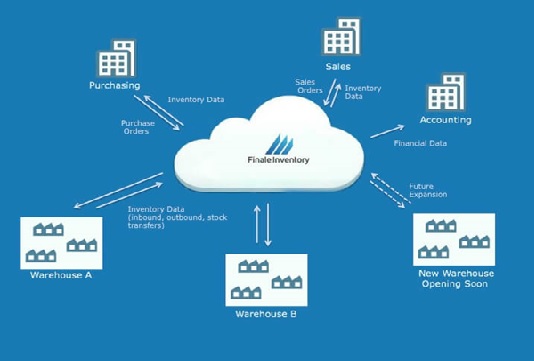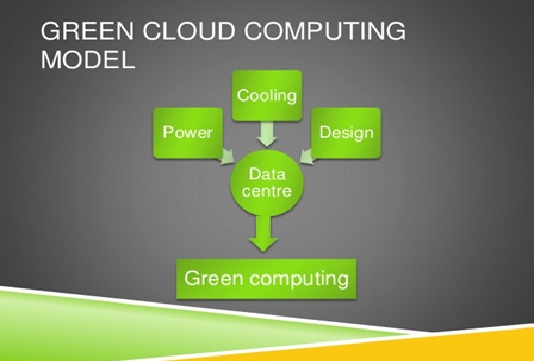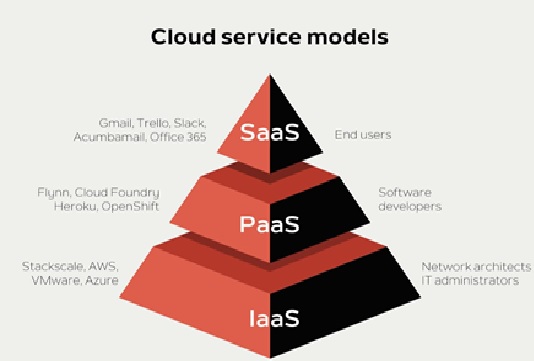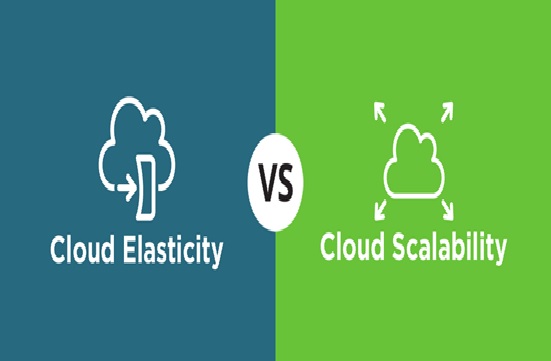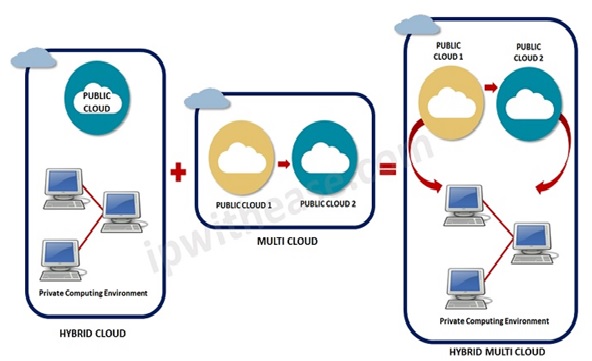Improving Utilization of Infrastructure Clouds
A key advantage of Infrastructure-as-a-Service (IaaS) clouds is providing users on-demand access to resources. However, to provide on-demand access, cloud providers must either significantly overprovision their infrastructure (and pay a high price for operating resources with low utilization) or reject a large proportion of user requests (in which case the access is no longer on-demand). At the same time, not all users require truly on-demand access to resources. [1]

Figure 1. The Improving Utilization of Infrastructure Clouds
Figure 1 shows Many applications and workflows are designed for recoverable systems where interruptions in service are expected. We propose a cloud infrastructure that combines on-demand allocation of resources with opportunistic provisioning of cycles from idle cloud nodes to other processes.[1]
To Build a Cloud Computing Infrastructure:
Steps for Building a Cloud Computing Infrastructure
#1: First you should decide which technology will be the basis for your on-demand application infrastructure
The decision related to which virtualization technology will be the organizational standard is already made. But decide before you start if it has not made. There are cons and pros to both a homogeneous and heterogeneous virtualization infrastructure and the decision will impact the ability to monitor and manage infrastructure later. So make this decision first.
#2: Determine what delivery infrastructure you will be used to abstract the application infrastructure
Cloud infrastructure’s the on-demand capabilities are first designed to do two things: make efficient use of resources and ensure scalability. Some method of load balancing/application delivery will be necessary to accomplish the former.
To abstract the applications, this layer of the architecture will helpful and will provide a consistent means of access to users, shielding them from the high rate of change which occurs in the infrastructure.
#3: Prepare the network infrastructure
Prepare the network to deal with an on-demand application infrastructure. Application delivery: must be configured correctly for the application being deployed, Hardware: network, storage. The network must be configured to deal with such change without requiring human intervention and must be able to handle applications which migrate from hardware to hardware. For this, the network will require constant optimization to adapt to changing traffic patterns.
#4: Provide visibility and automation of management tasks
Remember, visibility is a key to an on-demand infrastructure. An associated management systems and the infrastructure must know what is running, when and where to evaluate available resources. Find how you will collect the data and from where. Decide which system is authoritative for each metric and verify to feed that information in real-time to the automation system.
#5: Integrate all the moving parts, such that the infrastructure and realizes the benefits of automation, abstraction and resource sharing
The last one is the most difficult part and requires the previous steps be completed. The integration, automation of all the pieces of the infrastructure like storage, network, and application enable the infrastructure to act on-demand. The realization of cost-reduction benefits will be marginalized without automation. [2]
References:
- https://www.scribd.com/document/76917909/Improving-Utilization-of-Infrastructure-Clouds
- https://www.i2k2.com/blog/how-to-build-a-cloud-computing-infrastructure/
Cite this article:
Thanusri swetha J (2021), Improving Utilization of Infrastructure Clouds, AnaTechMaz, pp. 17





